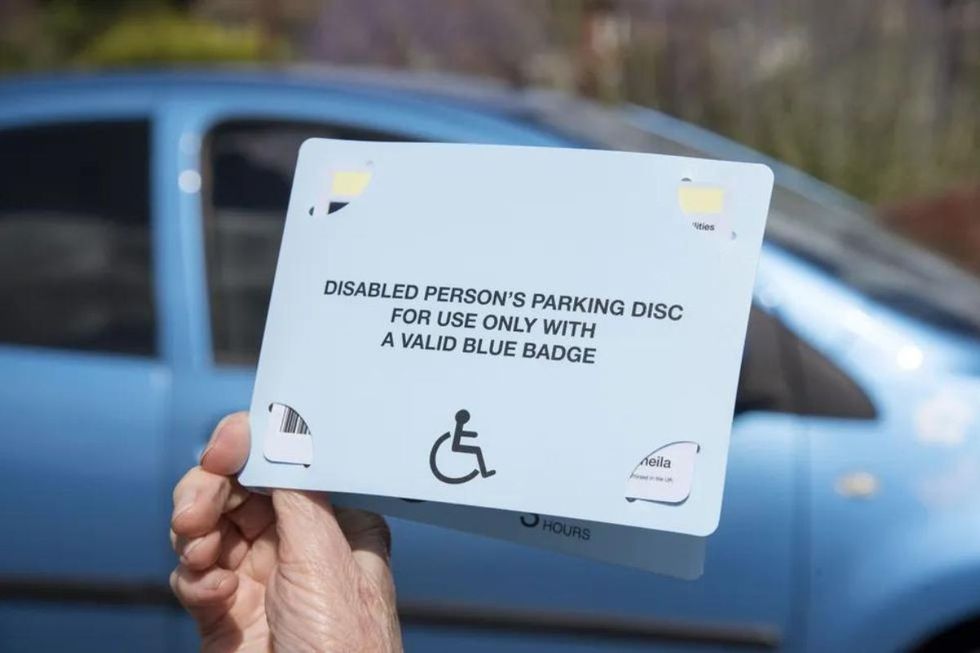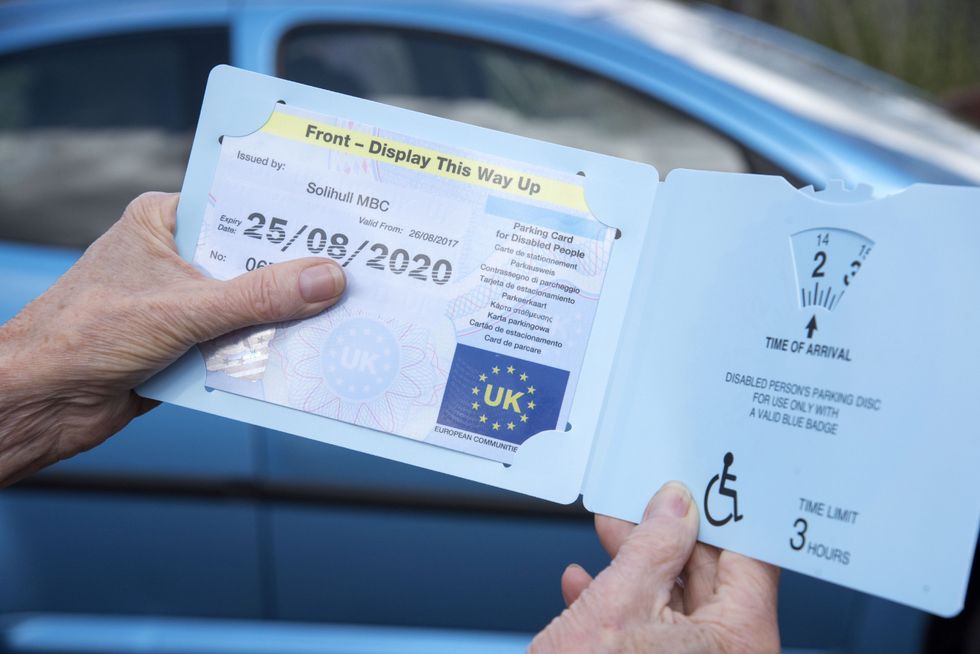WATCH: MP asks Keir Starmer about Blue Badges in Parliament
PARLIAMENT TV
A Blue Badge costs up to £10 in England, £20 in Scotland and is free in Wales
Don't Miss
Most Read
Trending on GB News
The process of applying for a Blue Badge could change in the coming months and years as the Department for Transport makes the procedure easier for motorists.
Reform UK chief whip Lee Anderson asked the Transport Secretary what steps the Department for Transport was taking to "reduce processing times for applications to the Blue Badge digital service".
Answering on behalf of the DfT, Future of Roads Minister Lilian Greenwood confirmed that almost 90 per cent of all Blue Badge applications are now made through its online service.
The Blue Badge Digital Service allows motorists to submit an application and manage their permit details through the GOV.UK website.
Do you have a story you'd like to share? Get in touch by emailingmotoring@gbnews.uk

The Department for Transport continually upgrades the Blue Badge application process
GETTY
She added that the DfT runs a programme of "continuous improvement" to the digital service, which is aimed at making the Blue Badge application service quicker.
The improvements also aim to make it easier for motorists and local authorities to make online Blue Badge applications.
This involves undertaking specific research and testing to identify "innovative improvements" to the online application process.
The Labour MP for Nottingham South continued, saying: "The service also undergoes regular accessibility and assurance testing to guarantee compliance with the Government’s digital standards."
Drivers can apply for a Blue Badge through the GOV.UK website, where they can also check their eligibility and reapply for the permit.
Motorists applying for or renewing a Blue Badge will pay up to £10 in England and £20 in Scotland, while Welsh drivers do not have to pay anything.
These permits usually expire after three years, with drivers responsible for reapplying before their current Blue Badge expires.
When applying for a Blue Badge, drivers will need a recent digital photo showing their head and shoulders for identification purposes.
They will also need a photo or scan of their proof of identity, address and benefits. This can include a birth certificate, passport, council tax bill or Government letter.
Drivers are also required to provide their National Insurance number if they have one, and, if reapplying, the details of their current Blue Badge.
The GOV.UK website states that local councils will usually make a decision on whether to grant the Blue Badge within 12 weeks.
If a Blue Badge is refused, the council will inform them why this is the case. People can apply for a permit for themselves, someone else, or for an organisation.
LATEST DEVELOPMENTS:

More than 2.5 million drivers across the UK possess a Blue Badge
GETTYMotorists are able to dispute the rejection and ask the council to reconsider the decision if they believe all the information provided was not taken into account.
Data from the Department for Transport shows that 2.57 million Blue Badges were held as of March 31, 2023. This is an increase of 5.7 per cent compared to the year prior.
This represents a staggering 4.6 per cent of the total population having a Blue Badge, with 1.14 million new permits issued between April 2022 and the end of March 2023.








